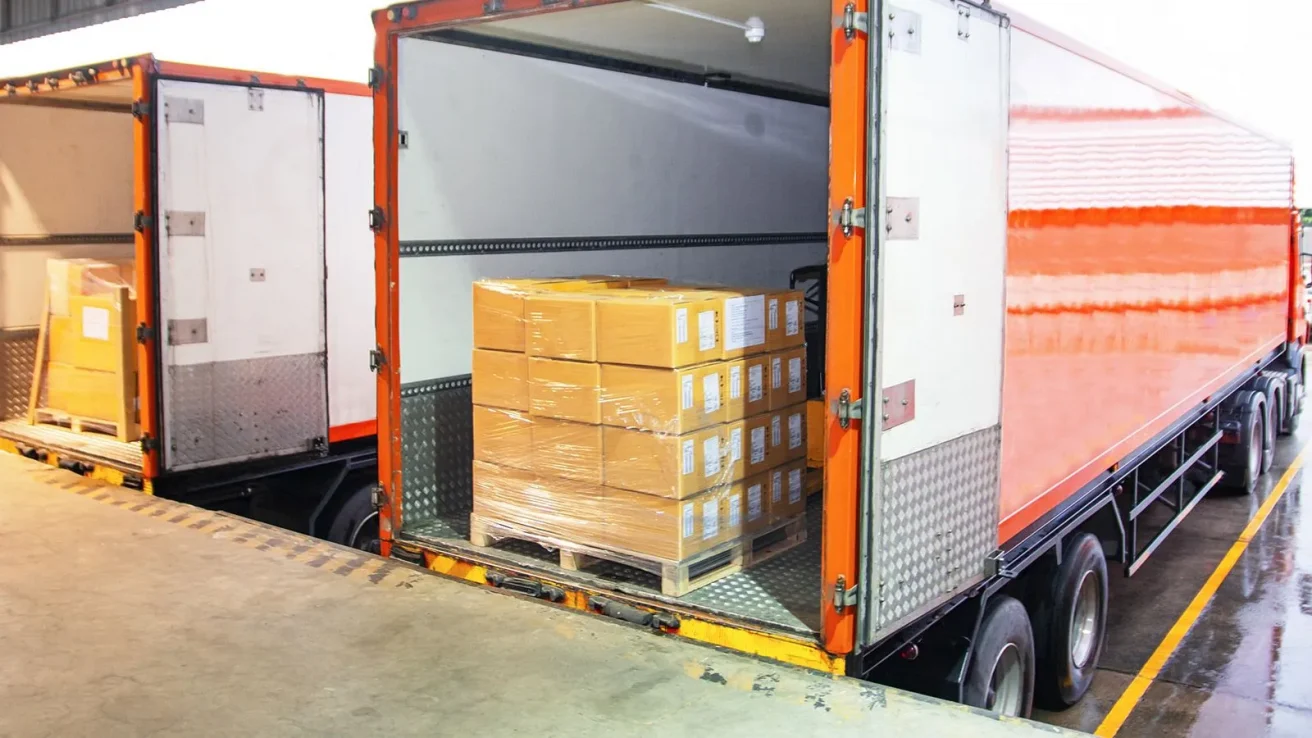How to Track Your LTL Shipment and Avoid Delivery Delays

When shipping Less-Than-Truckload (LTL) freight, ensuring your shipment arrives on time is crucial for keeping operations running smoothly. Tracking your LTL shipment effectively helps you stay informed, manage expectations, and proactively address any potential delays. Here’s a guide to understanding LTL tracking and how to minimize disruptions.
Understanding Tracking Numbers: PRO Numbers, BOL Numbers, and More
LTL shipments come with multiple tracking identifiers that allow shippers and consignees to monitor freight movement. The most common ones include:
- PRO Number: A unique identifier assigned by the carrier that helps track the shipment through its journey.
- Bill of Lading (BOL) Number: The BOL is a shipping contract between the shipper and carrier, often used to reference the shipment.
- Shipment Reference Number: A custom reference assigned by the shipper to help locate the shipment.
- Purchase Order (PO) Number: Sometimes used by businesses to track freight related to specific orders.
How to Monitor Shipment Status Through Carrier Websites or Freight Platforms
Most LTL carriers provide online tracking tools that allow users to check shipment status in real-time. To track your shipment:
- Visit the carrier’s website and locate the “Track Shipment” or similar tool.
- Enter the PRO number, BOL number, or reference number in the tracking field.
- Check the status updates, which may include details like departure, transit, estimated delivery time, and any exceptions.
- Use a Freight Management System (FMS) if you handle multiple shipments, as it centralizes tracking across multiple carriers.
Common Reasons for Delays and How to Prevent Them
LTL shipments can experience delays due to various reasons. Understanding these issues can help you take proactive measures to reduce disruptions.
1. Inaccurate or Incomplete Shipment Information
- Ensure the BOL is correctly filled out with accurate weights, dimensions, addresses, and NMFC codes.
- Double-check pickup and delivery locations to prevent misroutes.
2. Carrier Terminal Congestion
- Book shipments in advance to account for potential delays during peak seasons.
- Work with carriers that have a strong regional presence for faster transit times.
3. Weather and Unforeseen Disruptions
- Check the carrier’s service alerts for weather or operational disruptions.
- Plan ahead and allow for buffer time in case of natural delays.
4. Freight Damage or Misrouting
- Properly package and label shipments to minimize handling risks.
- Use clear and secure labels to avoid routing mistakes at carrier terminals.
The Role of Proper Documentation in Smooth LTL Delivery
Having the right documentation ensures smooth transit and reduces the risk of delays. Key documents include:
- Bill of Lading (BOL): Ensures the carrier has all required shipment details.
- Packing List: Helps verify contents and assists in customs clearance if shipping cross-border.
- Proof of Delivery (POD): Confirms successful delivery and can be used to address disputes.
Best Practices:
✔ Ensure documentation is legible and complete before pickup. ✔ Attach copies securely to the shipment. ✔ Keep digital copies for quick reference in case of disputes.
What to Do If Your Shipment Is Lost or Delayed
If your shipment is delayed or missing, take these steps:
- Check the tracking status on the carrier’s website for updates.
- Contact the carrier’s customer service with your PRO or BOL number for additional details.
- Verify with the consignee if the shipment has already arrived but was not updated in the system.
- File a claim if the shipment is lost or damaged, providing all necessary documentation.
- Work with a freight broker or 3PL to expedite resolution if needed.
Conclusion
Tracking your LTL shipment efficiently helps ensure timely deliveries and reduces stress. By understanding tracking numbers, using carrier websites and freight management tools, and ensuring accurate documentation, you can minimize delivery delays and address issues proactively. Implement these best practices for a smoother LTL shipping experience!
